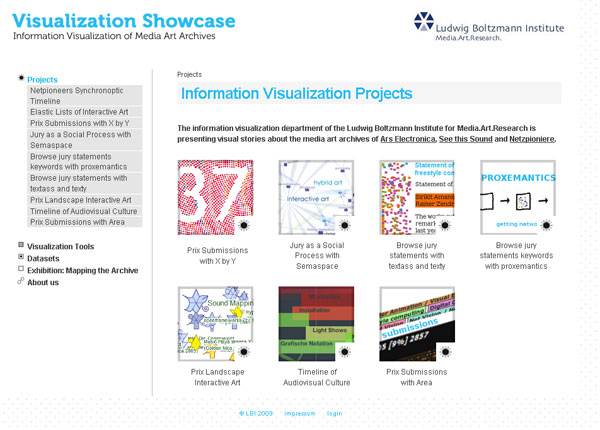Posted by
lizstokes on Friday, November 26th 2010
I thought this DAAO blog would be a great place to share the direction I’m going with looking at community engagement, especially with regards to social media strategy. As part of my literature review, I’m looking at practical guides to social media, and this post is a little foray into the ideas coming though in this field.
Tharon Howard (2010) has a nice way of talking about successful elements of online communities. These are renumeration, influence, belonging and significance. This structure is useful because it foregrounds sociability – social beings in a social context. And, if there’s one thing I’ve noticed about successful how to books on social media and web design, it’s the chatty informal tone of people talking about people. (see also Brown 2006, Weinschenk, 2010)
Remuneration: or the return on investment of peoples’ time and energy. This element can be reflected in the interface design, in the information architecture, the content…etc. Howard suggests techniques such as seeding discussion, removing the fear factor by providing examples of how to participate, creating regular events, using a system to represent membership contribution levels.
Influence: giving members a clear sense that they have a voice and actually have control over how that voice is heard within the community. This area is concerned with actively asking participants why they are interested in joining, and using profiles to give identity to your community base. Also includes tips on grouping like-minded contributors together – eg novices with novices, so that people can learn from each other.
Belonging: cultivating a sense of community, and emotional attachment. My inner buddhist is a little alarmed at aspiring to create this, (detach! detach!) however it is important to note the emotional pay offs in social media. When someone 🙂 at me on twitter with a thanks for #followfriday, I know that I feel a little more connected to the twittersphere. Howard recommends techniques such as establishing protocols and routines, (eg, like twitter’s #followfriday) and maintaining consistent visual identity with colours, symbols etc. A story of origin can be very powerful (ahem, bible!) in cohering a community, but it could be as simple as a congenial fireside chat paragraph on the about page.
Significance: the broader picture, and success of the whole community. Howard explores the paradox of exclusivity and social capital (oh hai Bordieu!), in a chapter that discusses PR, marketing, and policy making. It’s a way of talking about strategic direction as it relates to how people relate to their community. For “community designers” this aspect returns user approaches to the broader general strategic direction of creating the community in the first place. After a semester of Knowledge Management earlier this year, I have renewed interest in strategic direction / organisational strategy / mission statements etc! Detailed analysis of these documents will provide the best guidance for your community building and knowledge sharing strategies.
What do you think about the experience of being in an online community? Are there any that stand out as outstandingly good or shudderingly awful? I’m keen to hear your thoughts.
PS – please email g.fuller[at]unsw.edu.au or l.stokes[at]unsw.edu.au to turn on commenting rights if you are not yet a member of this blog.
Further reading:
Howard, Tharon W., (2010) Design to Thrive: Creating Social Networks and Online Communities that Last, Elsevier Company.
Brown, Daniel M (2006) Communicating Design: Developing Web Site Documentation for Design and Planning, New Riders.
Weinschenk, Susan , (2010) The Psychologist’s View of UX Design

